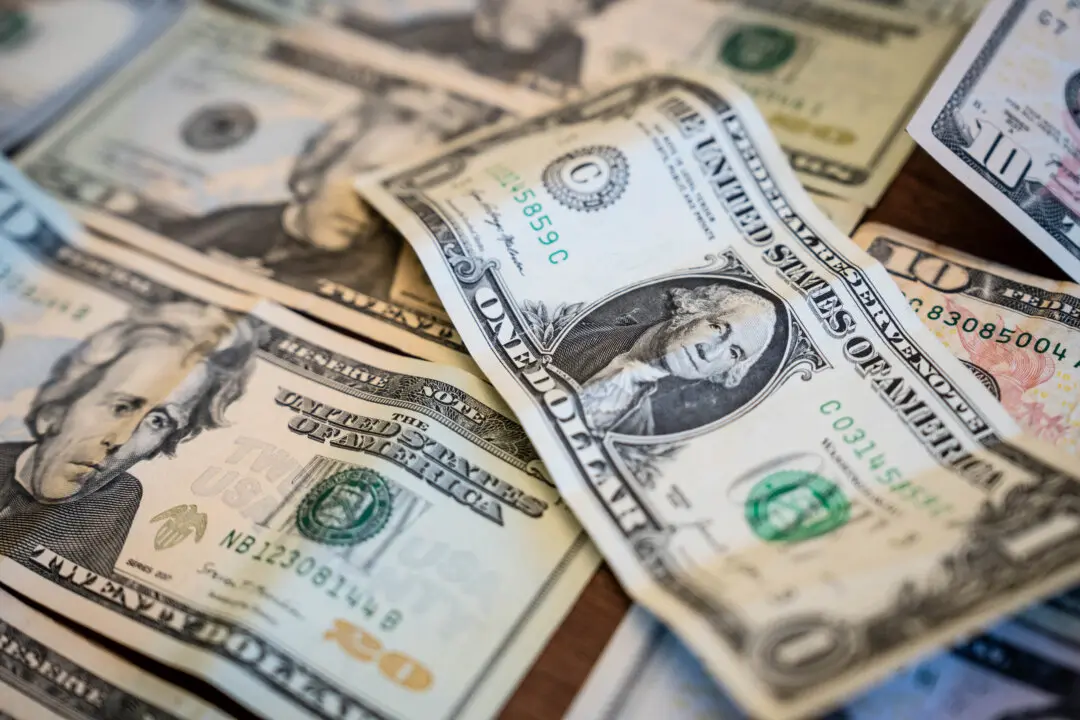U.S. economic growth could be close to flat in the first quarter, the Federal Reserve Bank of Atlanta suggested in its latest model.
The Atlanta Fed Bank’s GDPNow estimate on Jan. 28 suggested that real gross domestic product (GDP) growth could be a minuscule 0.1 percent in the January-to-March period.





